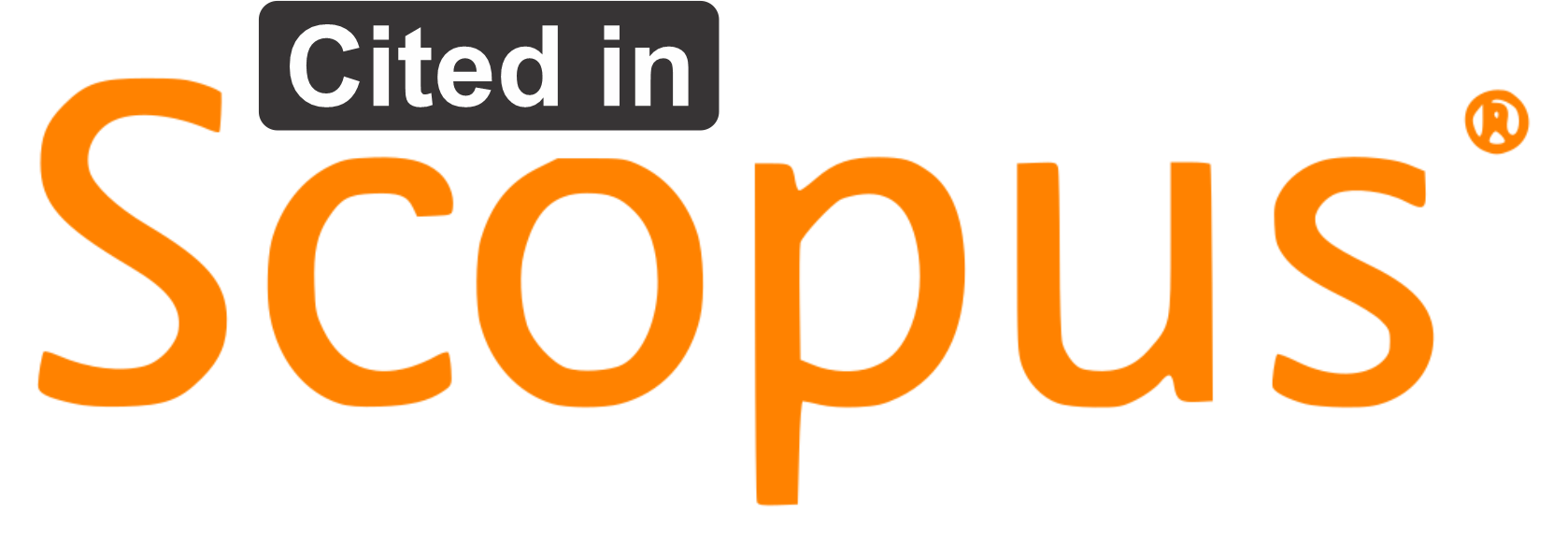PEMBERDAYAAN WANITA DAN TANAH ADAT MINANG
DOI:
https://doi.org/10.30983/jh.v2i2.773Abstract
In the Minang community, women are considered as holders of trust and all decisions related to the use of their typical land are still dependent on the decisions of the adat leaders. In another sense, a woman is justified in possessing but the property given to her is pregnant soon (Norhalim Ibrahim 2005). Indigenous women will be grouped with land ownership but in terms of power and rights to land still controlled by traditional leaders. The lack of power in the context of managing and using customary land has led to various issues that have touched indigenous lands. The issue is the issue of customary land that is not cultivated and has become widespread. Therefore, this study aims to examine how indigenous women become hindered as a result of the boundaries held by them. Therefore, in-depth interviews with customary land owners in the study area were conducted. The study found that there were a number of obstacles that hindered efforts to capture indigenous women. Because of the allocation of Enakmen Chapter 215 customary land, conflicts between trustees and tribes, it is difficult to obtain credit facilities and the location of customary land. This situation eventually pushed to the limits of efforts to wake up the economy of women. The lack of power resulting from limited property rights makes the economic empowerment of indigenous women not easy to handle. Thus some changes in the context of traditional leadership must need to think about the relevance of ownership that is more utilizing the owner, but in the same period it does not conflict with the existence of the Minang ethnic and ethnic groups.
Dalam masyarakat Minang wanita dianggap sebagai pemegang amanah dan segala keputusan berkait dengan urusan pemakaian tanah khasnya masih lagi tergantung kepada keputusan pemimpin adat. Dalam erti lain, seseorang wanita itu dibenarkan memiliki tetapi hakmilik yang diberikan kepadanya adalah hamilik terhad (Norhalim Ibrahim 2005).  Wanita adat akan diompokkan dengan pemilikan tanah tetapi dari segi kuasa dan hak terhadap tanah masih dikuasai oleh pemimpin adat. Ketiadaan kuasa dalam konteks mengurus dan memakai tanah adat menyebabkan timbul pelbagai isu yang menyentuh tanah adat. Antaranya adalah isu tanah adat yang tidak diusahakan dan menjadi terbiar. Oleh yang demikian kajian ini bertujuan untuk meneliti bagaimana pemerkasaan wanita adat menjadi terhalang akibat daripada sekatan pegangan yang dimiliki oleh mereka. Oleh itu indepth interview dengan pemilik tanah adat di kawasan kajian dilakukan. Dapatan kajian mendapati terdapat beberapa halangan yang menghalang usaha untuk memperkasakan wanita adat. Antaranya peruntukan tanah adat Enakmen Bab 215, konflik antara pemegang amanah dan keberadaan suku, kesukaran mendapatkan kemudahan kredit dan lokasi tanah adat. Keadaan ini akhirnya mendorong kepada batasan terhadap usaha membangunkan ekonomi wanita. Ketiadaan kuasa akibat daripada hak milik yang terhad menjadikan usaha pemberdayaan ekonomi wanita adat menjadi tidak mudah untuk ditangani. Oleh demikian beberapa perubahan dalam konteks kepimpinan adat harus perlu memikirkan kerelevanan pemilikan yang lebih memanfaatkan pemilik namun dalam masa yang sama tidak mempertikaian keberadaan suku dan etnik minang.
 Keywords: Indigenous women, empowerment, ownership of land, land ownership and pregnancy
References
Azima Abdul Manaf dan Ismail Omar.(2013). Tanah Pertanian Terbiar Ekonomi Institusi. Bangi. Penerbit Universiti Kebangsaan Malaysia.
Akhbar Rizal M.(2005). Tanah Ulayat dan Keberadaan masyarkat. Riau:LPNU Press
Daniela Ayalew, Klaus Deininger, Markus Goldstein. (2016). Environmental and gender impacts of land tenure regularization in Africa: pilot evidence from Rwanda.Journal of Development Economics 110: 262–275
Duflo E. (2012). Women empowerment and economic development. Journal of Economic Literature. Vol 50 (4):1051-1079
Hazel J. dan Agnes R. (2015).What dimensions of women’s empowerment in agriculture matter fornutrition in Ghana?Journal Food Policy 52: 54–63
Ida Annette G. (2005). Land Reform, Poverty and Empowerment of Women in Guatemala Master’s thesis in political science Department of Political Science University of Oslo
Izawati Wook, Nawal Sholehuddin, Nurfadhilah Che Amani, Siti Selihah Che Hassan, Azman Ab. Rahman,Mohamad Zaharuddin Zakaria, Syed Mohd Najib Syed Omar, Lukman Abdul Mutalib, Nabilah Yusof, Syaryanti Hussin, Che Zuhaida Saari, Ahmad Anis Muhd Fauzi, Tengku Mansur Tengku Zainal Abidin.( 2017).Tanah Adat Di Negeri Sembilan: Undang-Undang, Pelaksanaan Dan Realiti. Malaysian Journal of Syariah and Law. Vol 5 (khas):1-10.
Khusbu Mishra and Abdoul G. Sam. (2016). Does women’s land ownership promote their empowerment? Empirical evidence from Nepal. Journal World Development. Volume 78:360-371
Shipro Deo. (2017). Property right are key to women’s empowerment. The Read: June (1): 1-3
Narayan, D. (2000). â€Poverty is Powerlessness and Voicelessnessâ€, Finance and Development December 2000: 18-21.
Narayan, D. (2002). Empowerment and Poverty Reduction. Washington, DC: World Bank.
Norhalim Haji Ibrahim. (1996). Perkahwinan adat di Negeri Sembilan. Shah Alam:
Fajar Bakti Sdn Bhd.
Norhalim Haji Ibrahim. (2005). Peranan dan kedudukan wanita adat perpatih. Kertas kerja yang dibentangkan dalam Pesta Persukuan Adat Perpatih dan Masakan Tradisional Negeri Sembilan 2005. Anjuran bersama LMNS dan ATMA, UKM, di UKM Bangi, 17-18 Disember 2005
Mayra Gomez and d. Hien Tran. (2012). Women’s land and property rights and the post 2013 development agenda. Addresing Inqualities. The heart of the post-2015 Development Agenda and the future we want for all.
Sabina A,Ruth M, Amber P, Agnes R, Grey S., Ara V.(2013). The women empowerment in agriculture index. OPHI Working Paper No 58. University of Oxford
Women and land rights.(2015). SIDA :Gender Tool Box: March 2015
Downloads
Submitted
Published
Issue
Section
License
Authors who publish with this journal agree to the following terms:
- Authors retain copyright and grant the journal right of first publication with the work simultaneously licensed under a Creative Commons Attribution-ShareAlike 4.0. that allows others to share the work with an acknowledgment of the work's authorship and initial publication in this journal.
- Authors are able to enter into separate, additional contractual arrangements for the non-exclusive distribution of the journal's published version of the work (e.g., post it to an institutional repository or publish it in a book), with an acknowledgment of its initial publication in this journal.
- Authors are permitted and encouraged to post their work online (e.g., in institutional repositories or on their website) prior to and during the submission process, as it can lead to productive exchanges, as well as earlier and greater citation of published work (See The Effect of Open Access).



















